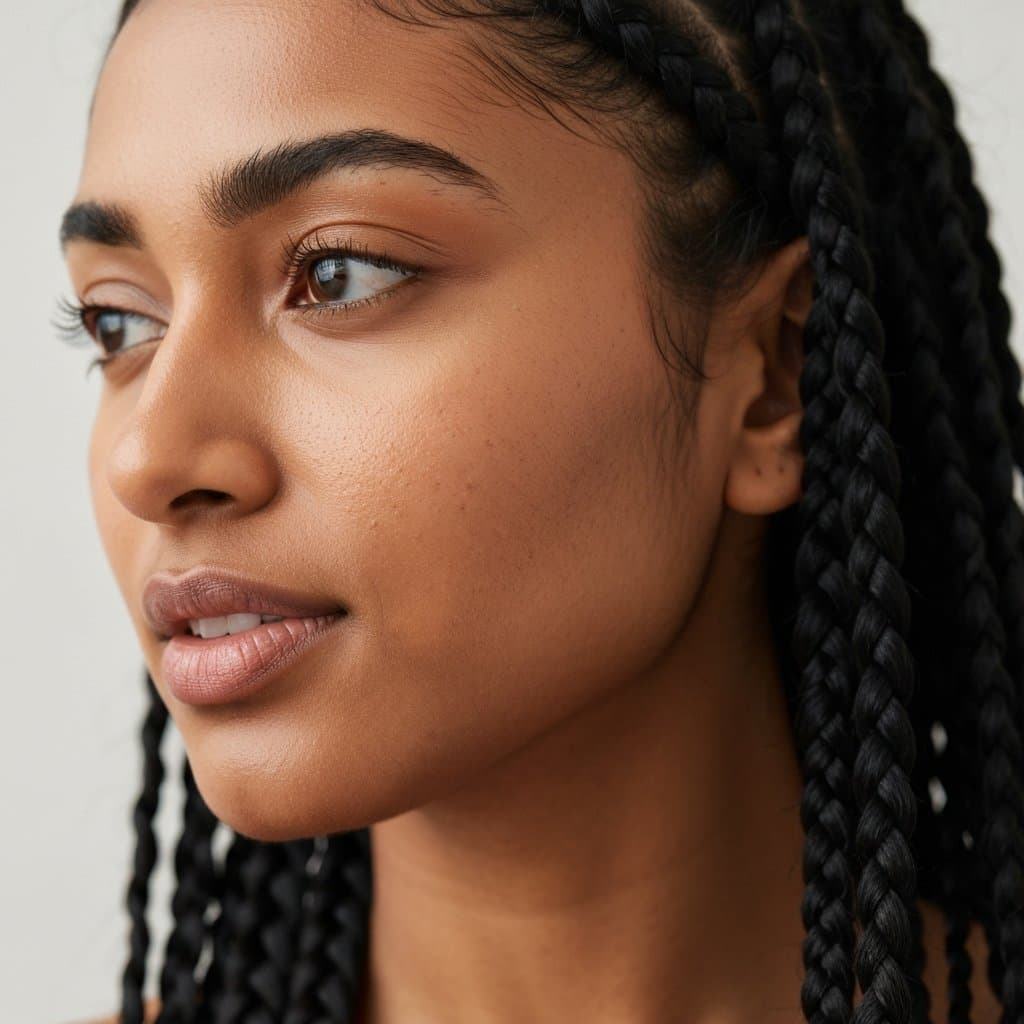Natural Waves: Enhancing Your Hair's Natural Texture - The Complete Guide for Effortless Beach Hair
In a world where sleek straight hair and perfect curls have dominated beauty standards for decades, natural waves are finally having their moment. The movement toward embracing natural hair texture has revolutionized how women approach their daily hair care routines, with wavy-haired individuals discovering that their unique texture is not something to fight against, but rather a beautiful asset to enhance and celebrate.
Natural waves, typically falling between types 2A and 2C on the hair typing scale, offer versatility and effortless beauty that many spend hours trying to recreate with hot tools. Whether you have subtle bends or pronounced S-patterns, understanding how to work with your natural wave pattern can transform your relationship with your hair, saving you time, money, and preventing unnecessary damage from excessive heat styling.

Understanding Your Wave Type: The Foundation of Great Hair Care
Before diving into specific techniques and products, identifying your exact wave pattern is crucial for developing an effective hair care routine. The wave spectrum ranges from barely-there bends to almost-curls, and each type responds differently to various treatments and styling methods.
Type 2A waves are the subtlest, featuring a loose, tousled texture that's nearly straight at the roots with gentle waves beginning around eye level. These fine waves benefit from lightweight products and volumizing techniques. Type 2B waves form more defined S-shapes starting closer to the crown, often with a tendency toward frizz in humid conditions. Type 2C waves are the most pronounced, featuring strong S-patterns from root to tip with coarse texture that borders on curly.
Understanding your porosity level is equally important. Low porosity waves resist moisture absorption but retain it well once absorbed, while high porosity waves quickly absorb products but struggle to maintain hydration. Medium porosity strikes the ideal balance, easily accepting and retaining moisture. Conducting a simple float test with a clean strand of hair in water can help determine your porosity level and guide your product selection.
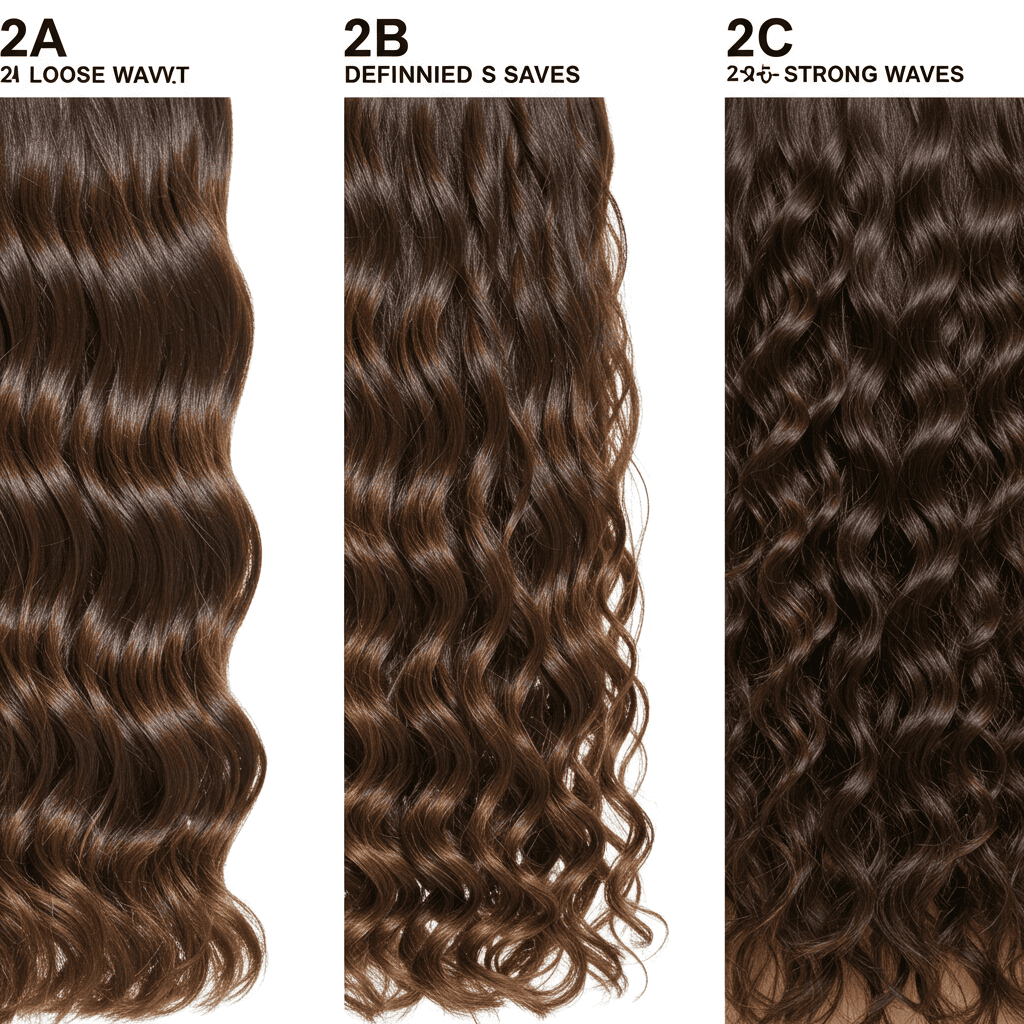
The Science Behind Natural Waves: Why Your Hair Does What It Does
The formation of natural waves involves complex interactions between your hair's protein structure, hydrogen bonds, and disulfide bonds. Understanding this science helps explain why certain techniques work and others fall flat. The shape of your hair follicle determines your natural texture – oval-shaped follicles produce waves, while round follicles create straight hair and flattened follicles result in curls.
Hydrogen bonds, which break and reform with water exposure, are responsible for temporary texture changes. This explains why your waves might disappear when wet and reform as your hair dries. Disulfide bonds, on the other hand, create permanent texture and can only be altered through chemical treatments. The distribution and strength of these bonds throughout your hair shaft determine your wave pattern's resilience and how it responds to styling.
Environmental factors significantly impact wave formation and maintenance. Humidity affects hydrogen bonds, causing frizz when moisture in the air disrupts your hair's carefully styled pattern. Temperature changes, mechanical stress from brushing, and product buildup all influence how your waves behave throughout the day. By understanding these factors, you can better predict and manage your hair's behavior in different conditions.
Essential Products for Enhancing Natural Waves
Building an effective product arsenal doesn't require dozens of bottles, but rather a carefully curated selection of items that work synergistically with your wave pattern. The foundation of any wavy hair routine starts with a sulfate-free shampoo that cleanses without stripping natural oils. These gentler formulas preserve your hair's moisture barrier, preventing the dryness that leads to frizz and undefined waves.
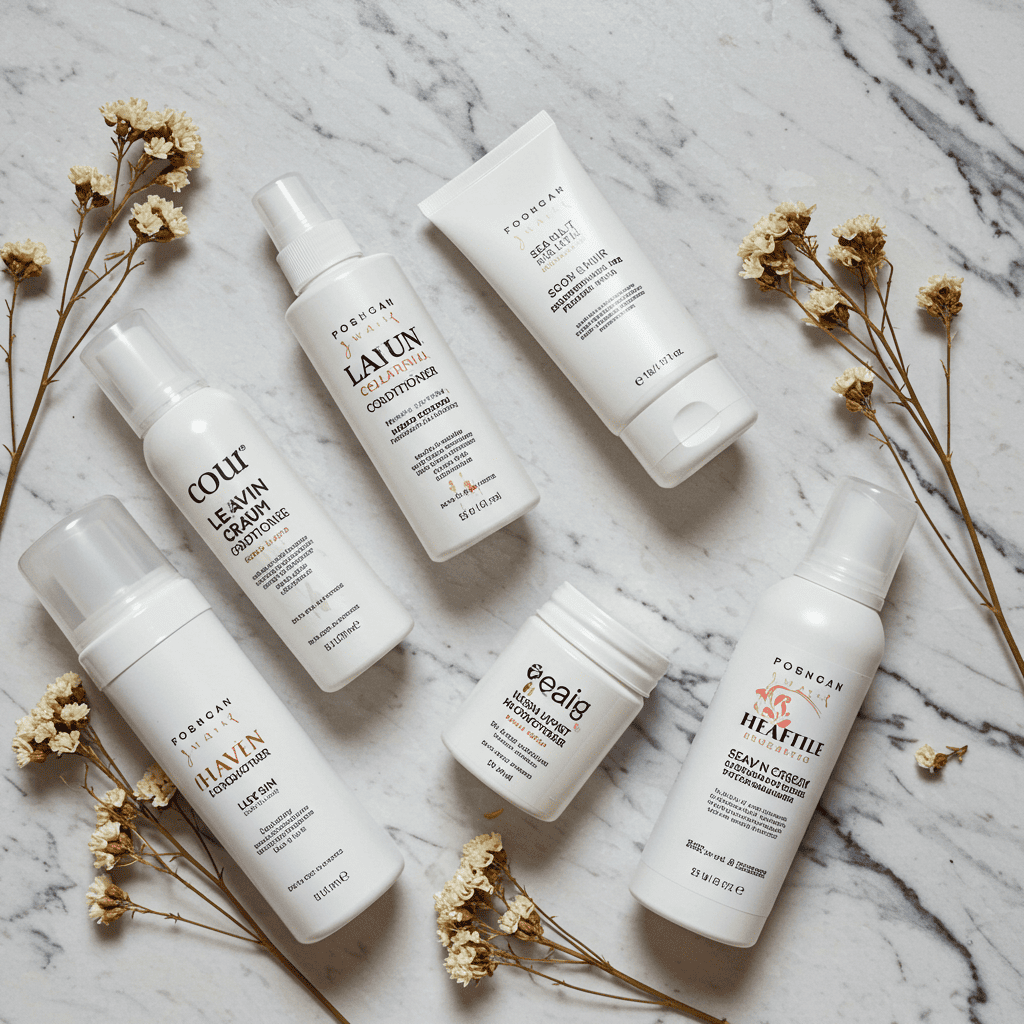
Leave-in conditioners and wave-enhancing creams form the next crucial layer. These products provide ongoing hydration while encouraging wave formation. Look for formulations containing ingredients like glycerin for moisture retention, proteins for structure, and natural oils for shine and frizz control. The key is finding the right balance – too heavy, and your waves fall flat; too light, and they lack definition.
Styling products specifically designed for waves, such as mousses, gels, and sea salt sprays, help lock in your pattern while providing hold without crunchiness. Modern formulations offer flexible hold that moves naturally while maintaining definition throughout the day. For those with finer waves, volumizing mousses provide lift at the roots without weighing down lengths. Coarser waves benefit from stronger-hold gels that control frizz while enhancing natural texture.
The Perfect Washing Routine for Wavy Hair
Developing an optimal washing routine can make the difference between limp, undefined waves and bouncy, well-formed patterns that last for days. The frequency of washing depends on your scalp's oil production and lifestyle factors, but most wavy-haired individuals find success with washing every 2-4 days. This schedule maintains scalp health while preserving natural oils that keep waves hydrated and defined.
The technique you use while washing matters as much as the products. Begin by thoroughly wetting your hair with lukewarm water, as hot water can strip natural oils and cause frizz. Apply shampoo primarily to your scalp, using gentle circular motions with your fingertips rather than scratching with nails. Allow the suds to cleanse the lengths as you rinse, rather than vigorously rubbing the hair shaft, which can cause tangling and disrupt wave patterns.
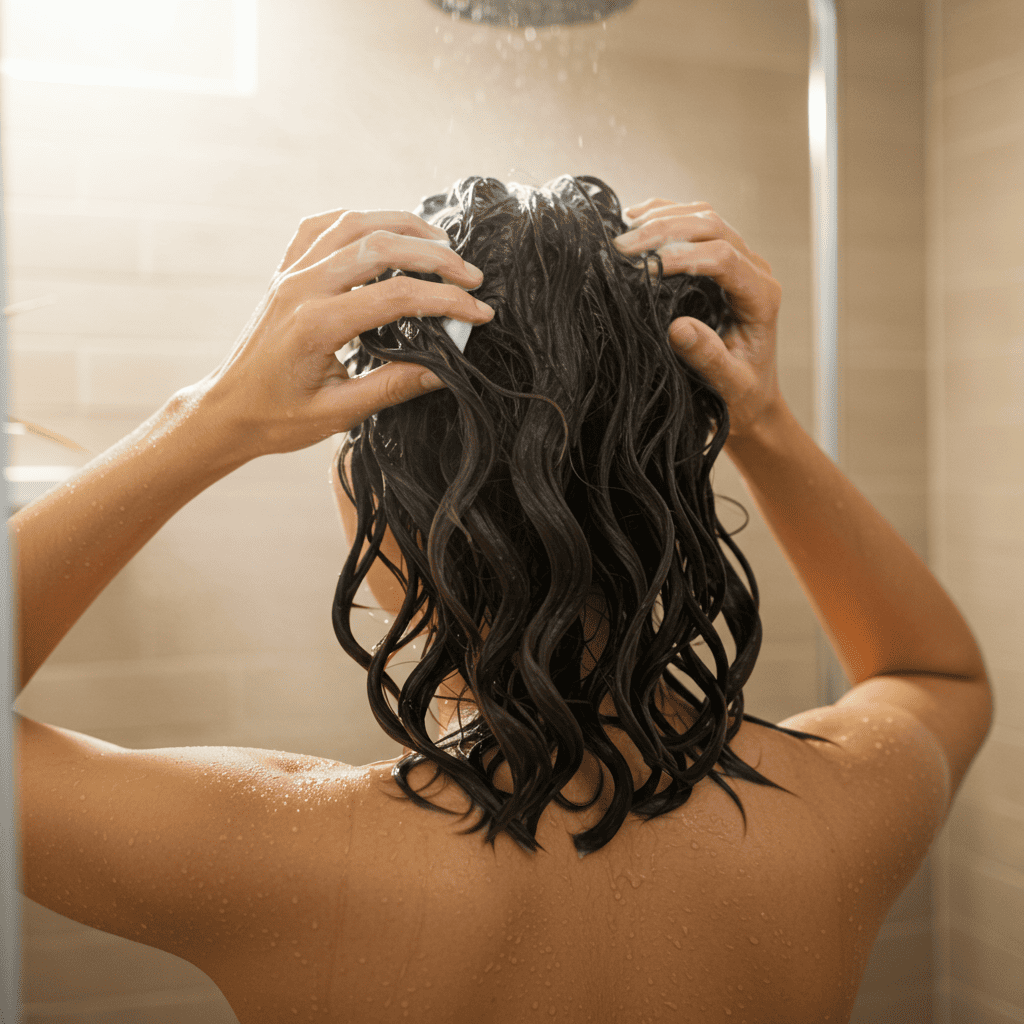
Conditioning requires special attention for wavy hair. After shampooing, squeeze out excess water and apply conditioner from mid-length to ends, avoiding the roots unless you have particularly dry hair. Use the "squish to condish" method – cupping sections of hair in your palms and squishing upward to encourage wave formation while the conditioner provides slip. This technique helps products penetrate the hair shaft while training your waves to form properly. Rinse with cool water to seal the cuticle and enhance shine.
Drying Techniques That Preserve and Enhance Waves
The journey from wet to dry hair is critical for wave formation, and the methods you choose significantly impact your final results. Traditional terry cloth towels can rough up the hair cuticle, creating frizz and disrupting wave patterns. Instead, opt for microfiber towels or old t-shirts, which have smoother surfaces that minimize friction. The "plop" method – wrapping wet hair in a t-shirt turban-style for 10-20 minutes – helps waves set while removing excess moisture without disturbing their formation.
Air drying remains the gentlest option for wavy hair, though it requires patience and planning. After applying your styling products to damp hair, avoid touching or manipulating your waves as they dry. The cast that forms from styling products protects the wave pattern during the drying process. Once completely dry, gently scrunch out the cast to reveal soft, defined waves. For enhanced volume, try flipping your head upside down periodically during the drying process or use clips at the roots for lift.
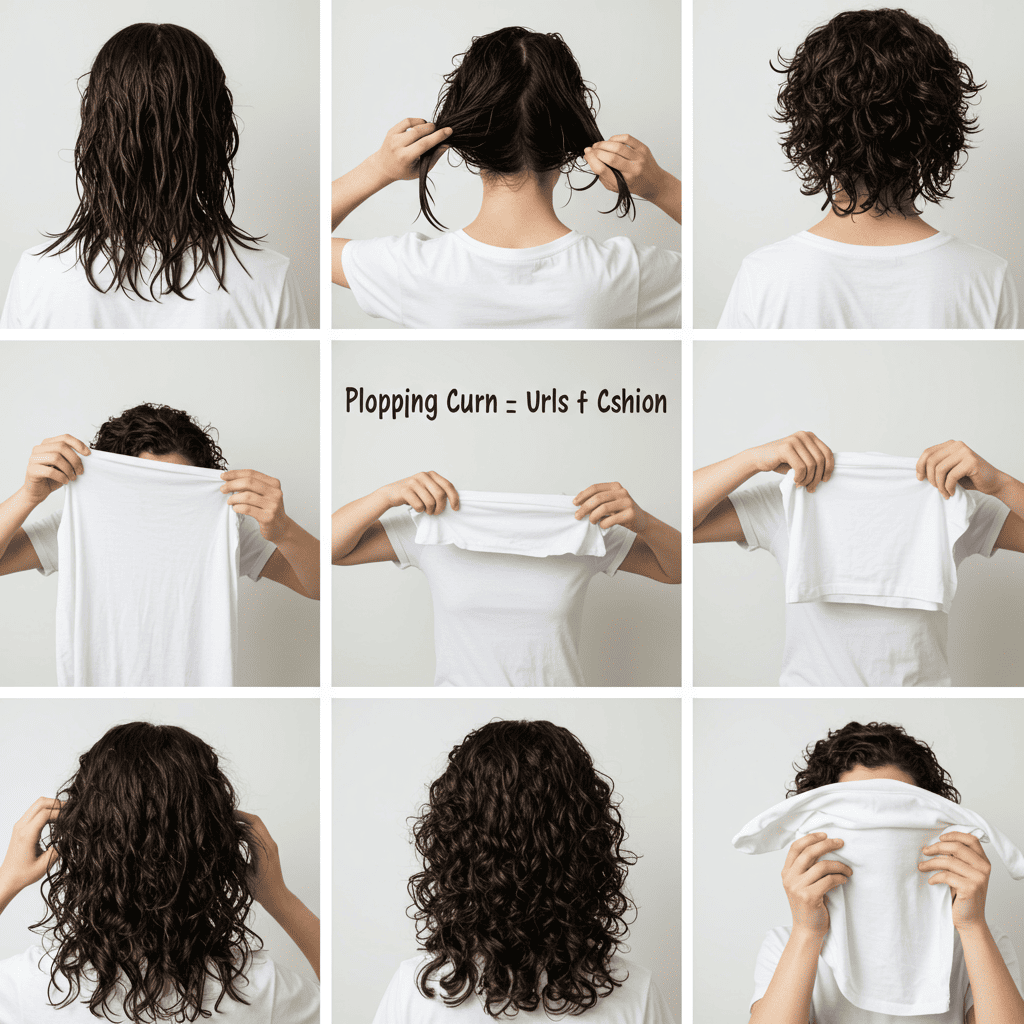
When time constraints demand faster drying, diffusing offers a heat-styling option that preserves wave integrity. Set your dryer to low heat and speed settings to minimize disruption. Cup sections of hair in the diffuser bowl, lifting toward the scalp to encourage volume and definition. The pixie diffusing method – hovering the diffuser near your hair without direct contact – provides gentle, even drying that maintains wave patterns while reducing frizz.
Overnight Techniques for Perfect Morning Waves
Maximizing your sleep time for wave enhancement can revolutionize your morning routine. The "pineapple" method – loosely gathering hair at the very top of your head with a silk scrunchie – prevents waves from being crushed while you sleep. This technique maintains volume at the roots while preserving wave patterns throughout the lengths. For shorter hair that won't reach into a pineapple, try the "medusa clipping" method, using small clips to lift sections of hair away from your scalp.
Protective sleeping surfaces make a significant difference in maintaining waves overnight. Silk or satin pillowcases reduce friction that causes frizz and tangles, while also helping hair retain moisture. For additional protection, consider a silk bonnet or buff, which creates a smooth barrier between your hair and any surface. These accessories might feel unusual at first, but the improvement in your morning waves makes the adjustment worthwhile.

Refresh techniques for second, third, or even fourth-day waves extend the life of your style while maintaining definition. Create a custom refresh spray by mixing water with a small amount of leave-in conditioner in a spray bottle. Lightly mist sections that need revival, then scrunch to reactivate products and reform waves. For areas that have completely fallen flat, try the "praying hands" method with a tiny amount of water and product to smooth and reshape without disturbing the overall style.
Seasonal Adjustments for Wave Care
Your wave care routine shouldn't remain static throughout the year, as changing seasons bring different challenges and opportunities for your hair. During humid summer months, your routine might require anti-humidity products and lighter formulations that won't weigh down waves in moisture-heavy air. Glycerin-free products often work better in extreme humidity, as glycerin can attract too much moisture from the air, causing excessive frizz and loss of definition.
Winter presents opposite challenges, with dry indoor heating and cold outdoor air sapping moisture from your waves. This season calls for richer conditioners, regular deep conditioning treatments, and perhaps the addition of hair oils to seal in hydration. Protective styling becomes more important, with hats and scarves potentially flattening waves. Combat this by choosing silk-lined winter accessories or carrying a small spray bottle for quick touch-ups after removing headwear.
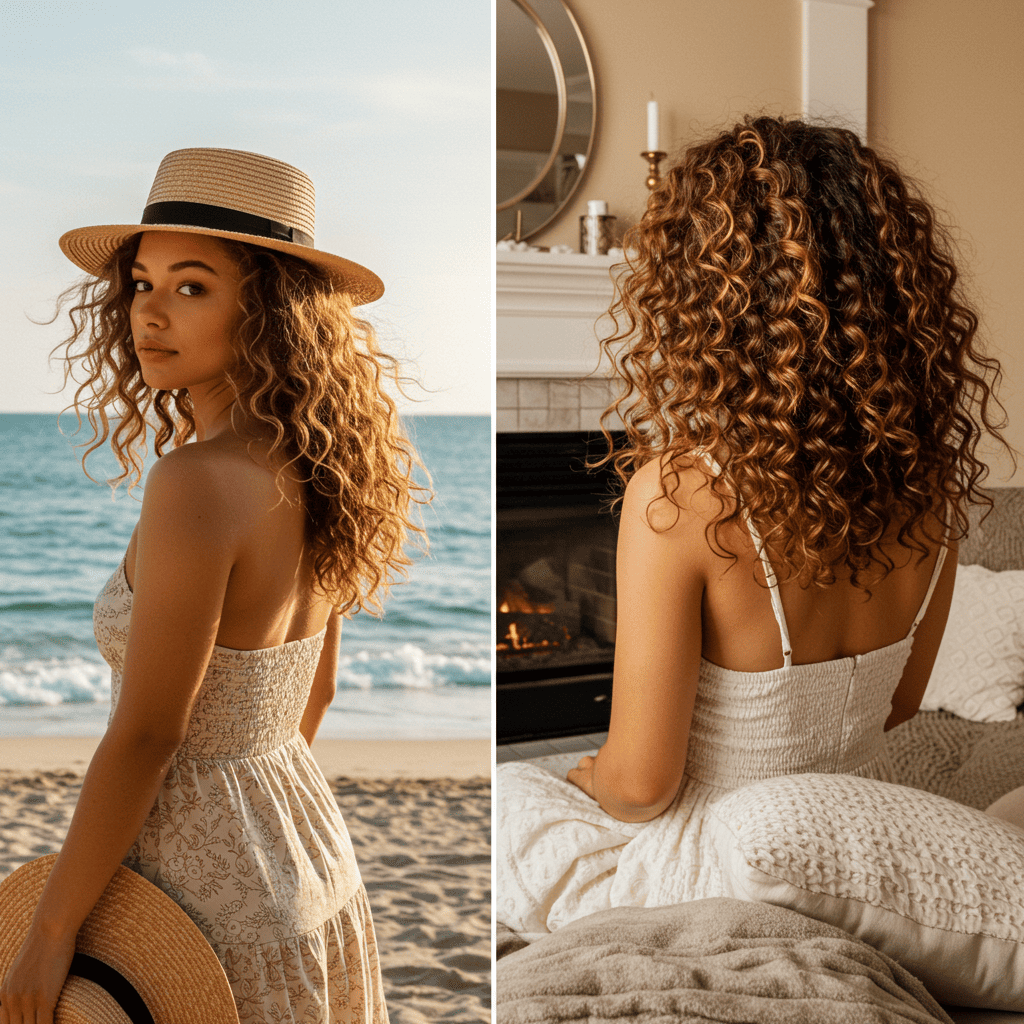
Spring and fall transition periods offer opportunities to assess and adjust your routine. These seasons are ideal for clarifying treatments to remove product buildup, protein treatments to strengthen weather-damaged hair, and experimenting with new techniques or products. Pay attention to how your waves respond to changing humidity levels and temperatures, adjusting your product selection and application amounts accordingly.
Common Mistakes That Sabotage Natural Waves
Even with the best intentions, certain habits can undermine your efforts to enhance natural waves. Over-manipulation ranks among the most common mistakes, with constant touching, brushing, or rearranging disrupting wave patterns and creating frizz. Once you've styled your waves, resist the urge to run your fingers through them or repeatedly adjust their position. Trust the process and allow your waves to settle into their natural pattern.
Product application errors can make or break your wave routine. Using too much product weighs down waves, creating a greasy, lifeless appearance, while too little fails to provide adequate hold and frizz control. Start with small amounts, adding more as needed, and remember that product distribution matters as much as quantity. Ensure even coverage by sectioning your hair and applying products methodically rather than haphazardly.
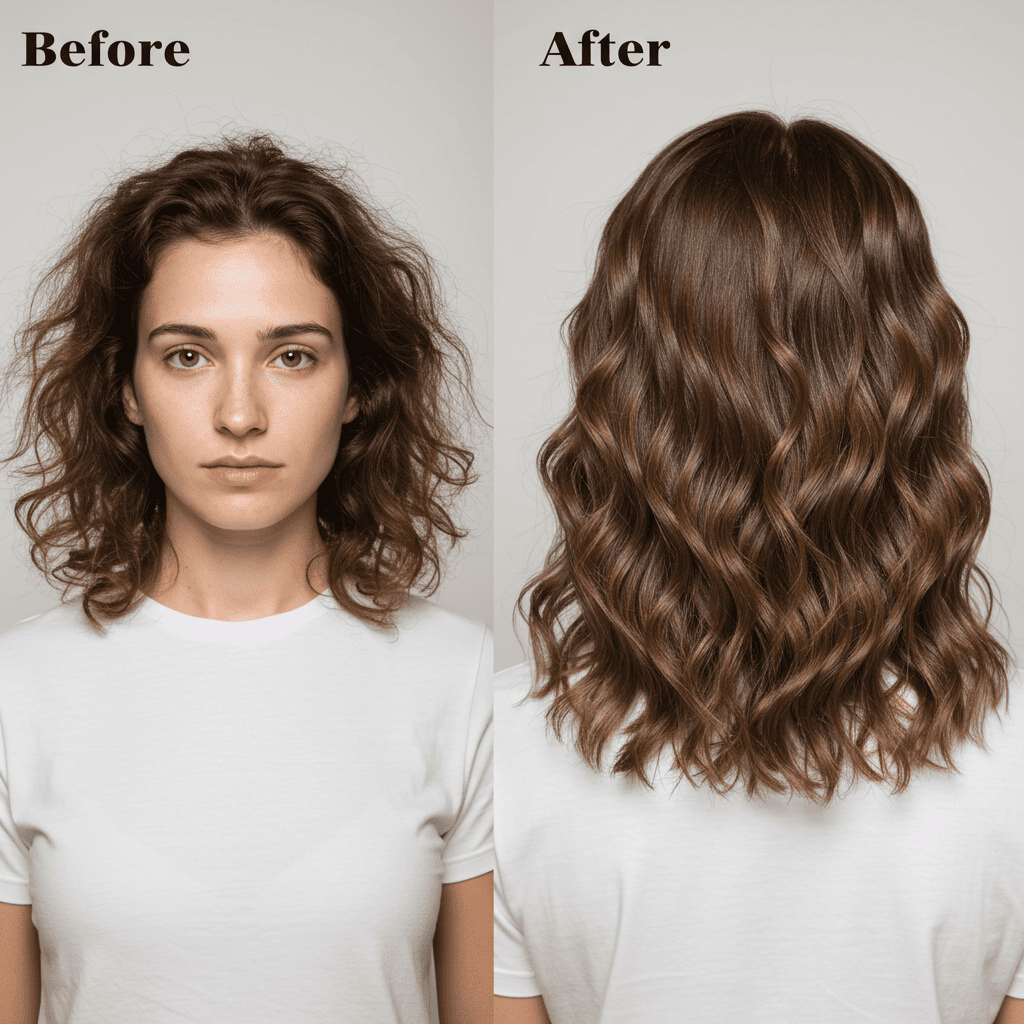
Neglecting regular trims allows split ends to travel up the hair shaft, creating frizz and preventing waves from forming properly. While you don't need frequent dramatic cuts, maintaining your ends every 8-12 weeks keeps waves looking fresh and healthy. Communicate with your stylist about preserving length while removing damage, and consider dry cutting techniques that allow the stylist to see how your waves naturally fall.
Heat Styling for Special Occasions
While embracing natural texture means minimizing heat styling, special occasions sometimes call for more polished looks. When using hot tools, proper protection becomes non-negotiable. Apply a heat protectant spray or cream to damp hair before blow-drying, and use another layer before any additional heat styling. These products create a barrier between your hair and high temperatures, minimizing damage while helping styles last longer.
Creating enhanced waves with a curling iron or wand doesn't mean abandoning your natural texture entirely. Work with your natural wave pattern by wrapping sections in the same direction your waves naturally form. Use a larger barrel size than you might for creating curls from straight hair, and don't hold the hair on the iron as long. The goal is enhancement rather than complete transformation. After releasing each section, allow it to cool in your palm to set the wave before moving on.

The key to heat styling wavy hair lies in moderation and technique. Limit heat styling to truly special occasions, and always use the lowest effective temperature. Many modern styling tools offer adjustable heat settings – wavy hair rarely needs temperatures above 350°F (175°C). Consider alternatives like foam rollers or flexi-rods for heat-free curl enhancement when time allows.
Building a Sustainable Wave Routine
Creating a routine you can maintain long-term requires balancing ideal practices with realistic expectations for your lifestyle. Start by identifying your non-negotiables – perhaps that's a weekly deep conditioning treatment or daily morning refresh routine – and build from there. Your routine should enhance your life, not complicate it unnecessarily.
Batch processing certain tasks can streamline your routine significantly. Dedicate one evening per week to deep treatments, combining hair masks with other self-care activities. Prepare refresh sprays and portion out styling products in advance. Some individuals find success in protective styling during busy periods, using braids or buns to maintain waves between wash days without daily styling requirements.

Document your journey by taking photos and keeping notes about what works and what doesn't. Hair changes with hormones, seasons, and age, so what works perfectly now might need adjustment later. Building this knowledge base helps you troubleshoot issues quickly and adapt your routine as needed. Consider keeping a simple hair journal or using a phone app to track wash days, products used, and results achieved.
Conclusion: Your Journey to Beautiful Natural Waves
Enhancing your natural waves is both an art and a science, requiring patience, experimentation, and self-acceptance. The journey from fighting your natural texture to embracing and enhancing it can transform not just your hair, but your entire morning routine and self-image. Remember that perfect waves don't exist – even the most enviable natural waves have their challenging days.
The techniques and products discussed throughout this guide provide a foundation for your wave journey, but your unique hair will ultimately dictate what works best. Stay patient during the transition period as your hair adjusts to new routines and recovers from any previous damage. Most importantly, celebrate the uniqueness of your natural texture and the freedom that comes from working with, rather than against, what nature gave you.
Your natural waves are an asset worth investing in, offering versatility, beauty, and authenticity that no amount of heat styling can replicate. With the right knowledge, products, and techniques, you can unlock your hair's full potential and enjoy healthy, defined waves that turn heads and boost confidence every single day.

